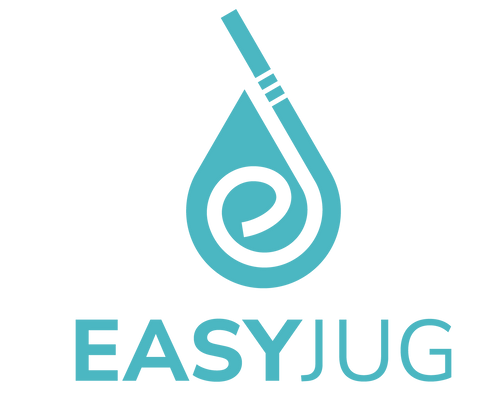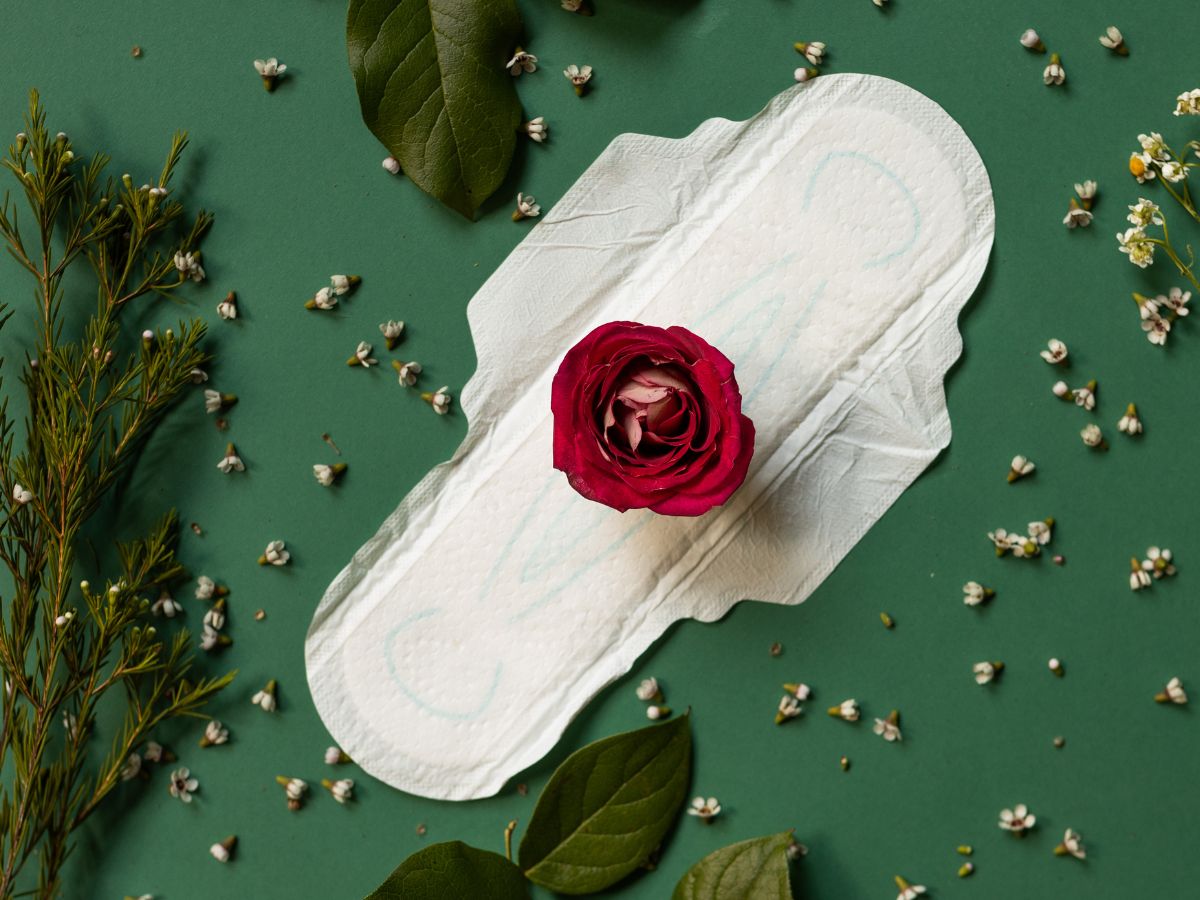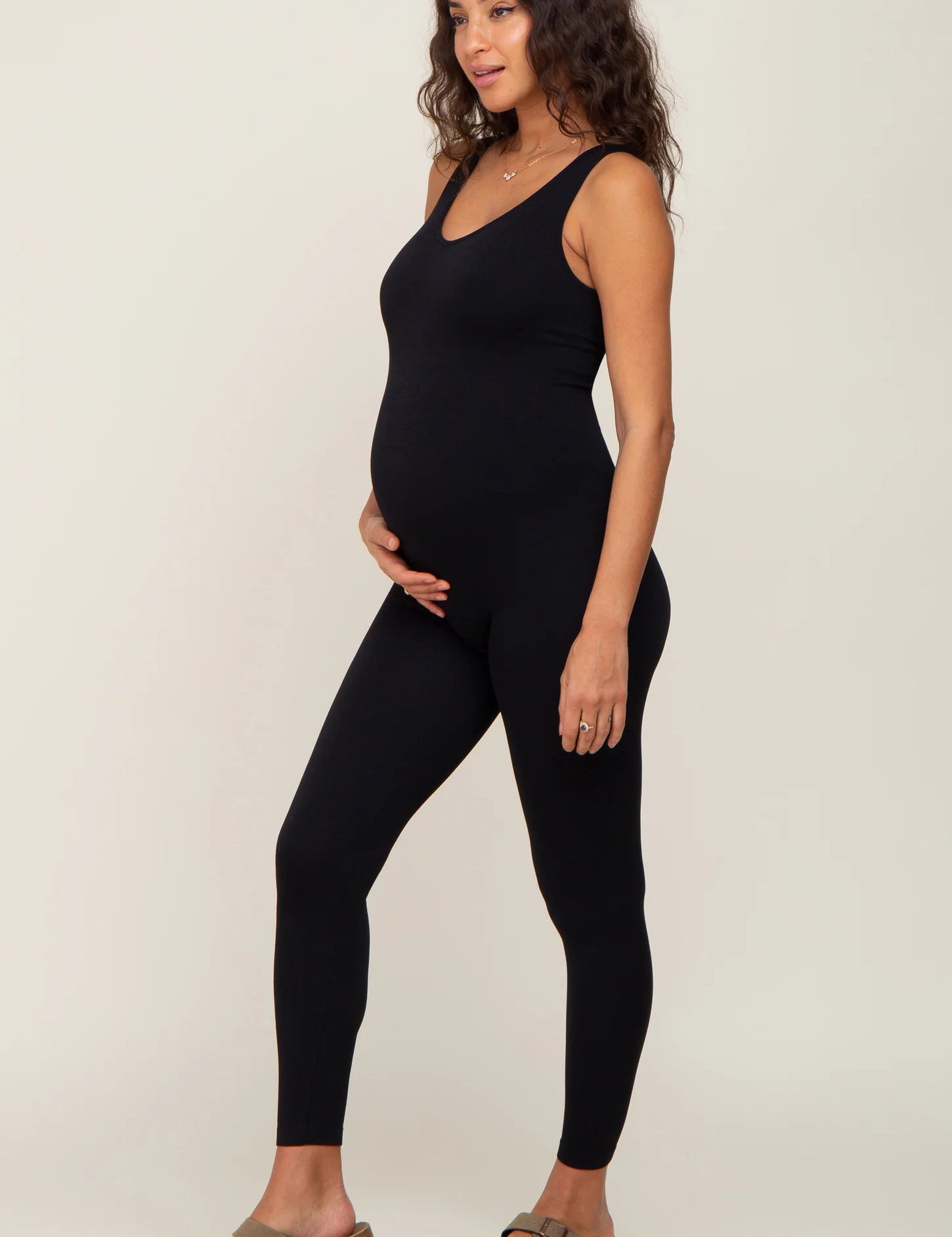If you're a new mom, navigating the postpartum period can be full of surprises. Vaginal bleeding is normal. One common question that often comes up is "Why is postpartum bleeding bright red." Let’s talk about what’s normal, what’s not, and when to reach for the phone to call your healthcare provider.
Understanding Postpartum Bleeding: The Bright Red Spotlight
Postpartum bleeding, or postpartum lochia, is your body’s way of getting rid of the extra blood and tissue it needed to grow and support your baby. Initially, this lochia is bright red and can be heavy. Think of it as a menstrual period, but supercharged.
How Heavy is Too Heavy?
After vaginal delivery or a cesarean section, it's common to experience heavy bleeding. It might feel alarming, but typically, this bright red blood flow will slow down after a few days. However, if you're soaking through maternity pads in an hour or less, or passing large clots the size of a golf ball, it's a good idea to seek medical attention.
Uterine Atony
One of the most common causes of postpartum hemorrhage is uterine atony, where the uterus doesn’t contract strongly enough. This can lead to excessive bleeding as the blood vessels in the uterine wall where the placenta was attached remain open. Healthcare providers may massage the uterus or provide medications to encourage contractions.

Your Postpartum Body: A Symphony of Changes
Your body is going through a lot of changes, and managing blood loss is one of them. Normally, the uterus contracts after delivery, helping to stop the bleeding. If you notice an increase in blood flow after periods of rest or a bowel movement, that’s the uterus getting back to work!
Clots and Colors: What's Normal?
During the first week postpartum, small clots are normal. But, if they’re larger than the size of a grape or you notice a heavy period-like flow returning after it has lightened, it could be a sign that something isn't quite right.
Stages of Lochia: The Timeline of Healing
Lochia transitions from the bright red bleeding (lochia rubra) which consists of blood, mucus, and tissue from the placenta and the uterus lining. Then it transitions into a lighter flow with pink or brown blood (lochia serosa), and finally to a creamy or yellowish discharge (lochia alba). This process can take several weeks postpartum.
Choosing the Right Armor: Sanitary Pads, Adult Pampers, and Period Underwear
Whether you’ve had a vaginal birth or a cesarean delivery, you’ll deal with a significant amount of bleeding. Don't worry, it’s your uterus's way of shedding its lining and extra tissue after your beautiful new baby’s arrival. Here are sanitary options to help you manage your comfort.

Sanitary Pads: Your First Line of Defense
The most common go-to are sanitary pads, and for the initial heavy flow, sometimes called a hospital pad because they are super absorbent and larger than your usual size. They are designed to handle a lot of blood, small blood clots, and the bloody fluid that is all part of the normal postpartum bleeding.
Adult Pampers: For Peace of Mind
For those first few days when the flow is at its peak, or if you're experiencing heavier bleeding that might be at higher risk for postpartum hemorrhage, adult pampers can be a lifesaver. They offer extra protection, and while they may not be the sexiest option, they are incredibly practical.
Period Underwear: A Sustainable Choice
As the bleeding lessens, usually by the end of the first week, you might transition to period underwear. They're reusable, hold the equivalent of two to three regular menstrual pads worth of blood, and are excellent for managing vaginal discharge and lochia.
When to Seek Medical Care
It's important to change your sanitary products frequently to reduce the risk of infection. If you're experiencing symptoms like a fever or foul-smelling vaginal discharge, these could be signs of infection and require medical attention.

Monitoring Your Progress
Keep track of how much blood you’re losing. If at any point you’re soaking through pads within an hour, passing clots larger than a grape, or feeling dizzy and weak, it’s essential to contact your healthcare provider as these could be warning signs of a postpartum hemorrhage, a medical emergency.
Health Organizations' Recommendations
Health organizations suggest using sanitary pads rather than tampons during the postpartum period to reduce the risk of introducing bacteria into the healing reproductive tract. And as a bonus, you can use this time to get comfortable with different types of pads to find what works best for you.
Hydration: A Key Player in Your Postpartum Recovery Playbook
As you navigate through the various stages of postpartum recovery, armored with the best sanitary pads or adult pampers to manage lochia, there's another crucial element to add to your daily routine: staying hydrated. This isn’t just about drinking fluids; it’s a vital part of the healing symphony your body is conducting. After the monumental task of childbirth, your body craves water to replenish itself and support the uterus as it contracts back to its normal size. It's a simple yet powerful step that bolsters your body’s recovery, helps manage blood pressure, and aids in the renewal of the uterine lining. So let's dive into why water might just be your best ally in the post-birth healing process.

Hydration and Healing: A Dynamic Duo
Whether you've experienced a vaginal birth or a cesarean delivery, your body has undergone a significant event. It's now working hard to contract the uterus back to its normal size, repair any uterine tissue damage such as a vaginal tear, and replenish the lining of the uterus. This is where hydration plays a starring role.
Water: The Best Thing for Blood Volume and Pressure
During and after childbirth, you may have lost a substantial amount of blood. To aid in recovery and prevent the risk of postpartum hemorrhage, maintaining adequate blood volume is crucial, and hydration is key. It ensures enough blood is circulating to supply red blood cells to where they're needed most.
Hydration Supports Uterine Contractions
Staying well-hydrated helps your uterus contract more effectively, which not only helps to minimize bleeding but also supports the shedding of the menstrual blood-like substance during the first stage of lochia. These contractions are your body's natural way of stopping bleeding and expelling large blood clots that may be present.
Hydration for Breastfeeding Moms
If you're breastfeeding, you're familiar with breast pain and the increased need for hydration. Producing milk requires additional fluids, so drinking enough is essential for lactation and can prevent dehydration, which might otherwise be mistaken for the usual fatigue that comes with caring for a new baby.
Hydration: The Simple Step with Big Benefits
Hydration should be a top priority in your postpartum care. It's a small amount of effort for a large payoff in terms of your recovery and overall health.
EasyJug: The Ultimate Breastfeeding Companion for Hydration
As a new mom, your body has two primary focuses post-delivery: recovery and nourishing your baby. Staying hydrated is crucial for both, and that's where EasyJug steps in — the water bottle designed specifically for postpartum breastfeeding moms.
Stay Hydrated with Ease During Breastfeeding
Breastfeeding can be a beautiful but demanding time, which is why EasyJug is more than just a water bottle — it's your round-the-clock hydration partner. Here’s why EasyJug should be an essential part of your postpartum toolkit:
-
Generous Capacity: With a 2.2L volume, EasyJug holds enough water to keep you well-hydrated through multiple feeding sessions without the need for constant refills.
-
Convenience at Its Best: The 47-inch straw is a game-changer. Whether you’re cradling your little one or lying down, the straw allows for hands-free hydration in any position.
-
Hospital to Home: Pack EasyJug in your hospital bag to ensure that post-delivery, when every move can be a challenge, you can hydrate easily and comfortably.
-
Nursing Station Necessity: Keep it by your side while nursing. With your hands full, EasyJug ensures you can sip effortlessly and tend to your baby without missing a beat.
-
Late Night Lifesaver: Those night feeds won't leave you parched. With EasyJug at your bedside, hydrate comfortably while nursing in the side-lying position without having to sit up or disrupt the peaceful moment.
-
Leak-Proof Design: Once you've quenched your thirst, simply clip the straw on the lid. This smart feature prevents spills and lets you relax without the worry of water leaks.
Bullet Points of Blissful Benefits
- Hydrate hands-free while holding your baby.
- No need to sit up or move around during recovery to take a sip.
- Avoid frequent refills with the large 2.2L capacity.
- Minimize night-time disruptions with bedside accessibility.
By choosing EasyJug, you're not just choosing a water bottle; you're embracing a solution that understands the unique needs of postpartum hydration and breastfeeding. So go ahead, make EasyJug your trusted sidekick, and sip your way to a hydrated and healthier recovery.
Conclusion
As you step into motherhood, remember that postpartum is a time of healing and adjustment. Managing postpartum bleeding and staying hydrated are key to your recovery. Keep EasyJug, your trusty hydration companion, within arm’s reach—whether you're dealing with lochia or breastfeeding your new baby, it's designed to simplify your water intake without the fuss.
So here’s to your health and happiness during this extraordinary chapter! With EasyJug by your side, you're all set to navigate postpartum recovery with one less worry, staying hydrated, and comfortable as you bond with your bundle of joy. Cheers to a smooth and nurtured beginning.





